6 Best Cat Food For Feeding Feral Cats
This page contains affiliate links. We may earn money or products from the companies mentioned in this post through our independently chosen links, which earn us a commission. Learn More
The best cat food for feeding feral cats is somewhere at the intersection of great nutrition and a great price.
After hours of research, we’ve rounded up five foods that share a combination of nutritional excellence, convenience, and the right price. At the top of the list is Wellness Complete Health Paté Chicken Entrée. This paté-style cat food comes in big, convenient cans, doesn’t cost a fortune, and gives your ferals the hydration and meat-rich nutrition they need.
Keep reading to learn more about this Wellness cat food and our other top 6 picks for the best cat food for feeding feral cats.
At a Glance: Best Cat Food For Feeding Feral Cats To Buy
We highly recommend looking at the comparison table we have below where we highlighted the features of each product. You’ll also find more detailed information about each product later in the article.
Compare Best Cat Food For Feeding Feral Cats
|
Overall Best
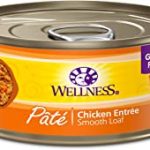
1. Wellness Complete Health Pate Chicken Entree Grain-Free Canned Cat Food |
Upgrade Pick
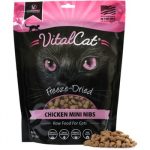
4. Vital Essentials Chicken Mini Nibs Entree Freeze-Dried Cat Food |
Best For Kittens
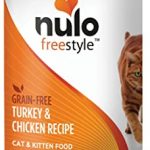
6. Nulo Freestyle Turkey & Chicken Recipe Grain-Free Canned Cat & Kitten Food |
|||
|
Protein
10.5% Min |
Protein
10% Min |
Protein
45% Min |
Protein
55% Min |
Protein
30% Min |
Protein
11% Min |
|
Fat
7% Min |
Fat
2.0% Min |
Fat
15% Min |
Fat
27% Min |
Fat
20% Min |
Fat
6.5% Min |
|
Fiber
1% Max |
Fiber
1.0% Max |
Fiber
3% Max |
Fiber
1% Max |
Fiber
3.0% Max |
Fiber
0.75% Max |
|
Life Stage
Adult |
Life Stage
All Life Stages |
Life Stage
Adult |
Life Stage
All Life Stages |
Life Stage
All Life Stages |
Life Stage
All Life Stages |
|
Type
Wet Food |
Type
Wet/Canned |
Type
Freeze-Dried |
Type
Freeze-Dried |
Type
Dry |
Type
Wet |
|
Made In
United States |
Made In
United States |
Made In
United States |
Made In
United States |
Made In
United States |
Made In
United States |
Choosing The Best Cat Food For Feeding Feral Cats
1. Feral cats are obligate carnivores. Their ideal diet is meat-based with as little plant matter as possible.
When they have the opportunity to catch their own food, feral cats hunt for animals, not plants. When they’re given the choice between meat and vegetables, they choose meat. As meat-loving obligate carnivores optimized for protein and fat metabolism, feral cats are at their healthiest when they eat a straightforward diet featuring animal ingredients.
Following this philosophy, the best diet for a feral cat is clean, fresh, and nutritionally-balanced raw food. If you can’t provide that, canned or wet food is the next step down. And if canned food is too much of a stretch economically or practically, dry food should be your last resort.
2. The best food for ferals contains ultra-nourishing supplements.
Most foods on the market are nutritionally complete and balanced. Whether they’re fortified with synthetics or rely on food-based nutrients alone, they have all the vitamins, minerals, and amino acids cats need to stay healthy. The best foods go a step further and include powerhouse ingredients like probiotics and fish oil. Especially for feral cats who may not eat a consistent diet and might not be in great health, these supplements may spell out better health.
3. After nutrition, price is the second consideration when choosing the best food for feral cats.
I regularly hear from people saying that they’re feeding one, two, or even an entire colony of feral cats—and it’s become a strain on their pocketbook. They want to give these kitties the best money can buy, but it is increasingly difficult to justify spending hundreds a month on their food.
Whether you’re just feeding a couple of ferals in your backyard or a few dozen on top of your own clowder back home, feeding feral cats takes time, thought, and money. Keeping your ferals healthy without draining your budget is a challenge, but it’s not impossible.
Buying in bulk, shopping during sales, and choosing high-value products will allow you to get the most out of every dollar you spend on food.
Our Top Picks For The Best Cat Food For Feeding Feral Cats
Wellness Complete Health Pate Chicken Entree Grain-Free Canned Cat Food
Product Info
- Protein: 10.5% Min
- Fat: 7% Min
- Fiber: 1% Max
- Life Stage: Adult
- Type: Wet Food
- Made In: United States
Guaranteed Analysis

Dry Matter Basis

- Primarily made from nourishing, protein-rich poultry meat
- Free of potentially-harmful additives common among budget-friendly foods
- One of the cheapest cat foods you can buy
- Available in large BPA-free cans
- Low carbohydrate content
- Contains plant ingredients
- Formulated for adult cats and may not have the right nutritional balance for growing kittens
With its low price and the option to buy it in a big 13.2-ounce can, this Wellness food is a great option for people who need to feed a crowd of hungry cats. The food is primarily made from chicken, chicken liver, and turkey. The meat is ground into a paté and mixed with vegetables and binders.
Like other Wellness foods, it doesn’t contain any artificial colors, flavors, preservatives, or carrageenan that might harm cats over time. All cans with an expiration date of March 2021 or later are 100% BPA-free.
WholeHearted All Life Stages Canned Cat Food
Product Info
- Protein: 10% Min
- Fat: 2.0% Min
- Fiber: 1.0% Max
- Life Stage: All Life Stages
- Type: Wet/Canned
- Made In: United States
Guaranteed Analysis

Dry Matter Basis

- Contains tuna oil as a source of omega-3 fatty acids for optimal health
- One of the most affordable cat foods you can buy
- Low carbohydrate content
- Moisture-rich foods support urinary tract health and overall wellbeing
- Formulated for all life stages, making it appropriate for multi-generational colonies
- Contains xanthan gum, which doesn’t agree with every cat
- The food’s low calorie content may necessitate larger meals
- Only available in relatively small cans
In addition to the standard array of essential vitamins, minerals, and amino acids, the food contains tuna oil as a source of DHA and EPA—omega-3 fatty acids that are intensely beneficial for ferals. They support skin and coat health, control inflammation, and help to promote kittens’ brain and eye development.
Because it meets nutritional guidelines for all life stages, this food is appropriate for large colonies and will nourish cats of all ages.
Smalls Freeze-Dried Raw Bird
Product Info
- Protein: 45% Min
- Fat: 15% Min
- Fiber: 3% Max
- Life Stage: Adult
- Type: Freeze-Dried
- Made In: United States
Guaranteed Analysis

Dry Matter Basis

- Real chicken as the first ingredient
- Conveniently sent right to your door
- High in protein, low in carbohydrates
- Made with premium natural ingredients
- May be more expensive to feed in large volumes
An excellent choice for carnivorous cats like feral cats, this freeze-dried recipe contains 45% crude protein with 15% fat to provide plenty of energy. It is very low in carbohydrates and, though low in moisture, can easily be supplemented with wet or fresh food to increase your cat’s moisture intake.
Vital Essentials Chicken Mini Nibs Entree Freeze-Dried Cat Food
Product Info
- Protein: 55% Min
- Fat: 27% Min
- Fiber: 1% Max
- Life Stage: All Life Stages
- Type: Freeze-Dried
- Made In: United States
Guaranteed Analysis

Dry Matter Basis

- Rich in nutrient-dense animal ingredients
- Rich in protein with moderate fat and minimal carbohydrates
- Convenient mini nibs are great for cats who are used to dry food
- One of the most expensive options on this list
- At just 8% water, this food doesn’t have enough moisture to keep your cat healthy
It’s as convenient as kibble and about as nutritious as you can get. Because it’s freeze-dried, you can leave this food out all day and it won’t spoil. But unlike dry food, which is usually stuffed with starch, this freeze-dried food is made almost exclusively from the animal-sourced ingredients your feral friends crave.
The freeze-drying process locks in the nutrition of raw meat, allowing manufacturers to use fewer ingredients and rely on the comprehensive nutrition of muscle meat, organs, and bones. In addition to whole-prey nutrition, the food contains raw goat’s milk, an ingredient that may help to reduce inflammation and could have benefits for cats with allergies.
But awesome meat-based nutrition doesn’t make up for water depletion. This is a dehydrated food and won’t give your ferals the moisture they need. Feed it in rotation with a high-moisture canned food and always provide a fresh bowl of water. And if hydration is your top priority, consider choosing Vital Essentials Mini Patties instead, which you can rehydrate for a moist and hearty meal.
EVAXO Kirkland Signature Chicken and Rice Cat Food
Product Info
- Protein: 30% Min
- Fat: 20% Min
- Fiber: 3.0% Max
- Life Stage: All Life Stages
- Type: Dry
- Made In: United States
Guaranteed Analysis

Dry Matter Basis

- Chicken and chicken meal are the food’s first two ingredients
- Contains guaranteed levels of probiotics
- Doesn’t contain any artificial colors or preservatives
- One of the most affordable foods on the market
- Low moisture content could lead to chronic dehydration
- High carbohydrate content may raise blood sugar and increase ferals’ risk of diabetes
Beyond that, the food contains added probiotics and prebiotic fiber to support healthy gut flora. Kirkland Signature promises that each pound has at least a million CFUs of Lactobacillus acidophilus and Bifidobacterium animalis. That’s something you won’t find in many other dry foods at this price point.
If you have a Costco membership and access to a Costco store, head to the warehouse rather than buying online—you’ll pick up the best deals in the pet food aisle.
Nulo Freestyle Turkey & Chicken Recipe Grain-Free Canned Cat & Kitten Food
Product Info
- Protein: 11% Min
- Fat: 6.5% Min
- Fiber: 0.75% Max
- Life Stage: All Life Stages
- Type: Wet
- Made In: United States
Guaranteed Analysis

Dry Matter Basis

- Formulated for all life stages—ideal for multigenerational feral colonies
- Contains cranberries to support urinary tract health
- Low carbohydrate content
- Moisture-rich to help keep cats hydrated
- Primarily made from nourishing animal ingredients
- One of the most expensive foods on this list
This food from Nulo has all the protein, fat, and vitamins and minerals kittens need to grow. It’s primarily made with turkey, chicken, and tuna along with menhaden fish oil as a source of omega-3 fatty acids for healthy brain and eye development.
This Nulo food isn’t the cheapest food on the market and might not be practical if you’re feeding a crowd. More economical and similarly nutritious options include Fancy Feast Tender Turkey Feast for kittens for kittens and Simply Nourish Source kitten kibble .
Tips For Feeding Feral Cats
Choosing a great food is just one challenge in the adventure that is feeding feral cats. Between placing their dishes in the right place, navigating bad weather, and attempting to fight parasites, you have a lot to think about.
Here are a few quick tips to help you give your feral friends the best.
Add supplements to help the ferals stay healthy.
You can do your best to provide a complete and balanced diet, but there’s no way of knowing that your ferals are relying on your food as their sole source of nutrition. Half of their meals may have been hunted down or pulled out of a garbage can.
If you’re concerned that your ferals aren’t getting a well-rounded diet, you can boost their bowls with vitamins and supplements. Consider adding probiotics, fish oil, B-complex vitamins, or cat-specific multivitamins to your ferals’ meals.
If you live in an area with cold winters, use heated bowls to keep your ferals’ food and water from freezing.
Whether you feed dry or wet food, freezing weather adds a new challenge to feeding feral cats. If you live in a cold climate, think about providing heated bowls to make sure that the food and water remain accessible no matter the weather.
How Do You Keep Bugs, Birds, And Raccoons Out Of Your Feral Cats’ Food?
There will always be another animal vying for a place at your feral cats’ food bowl. Here are a few tips to help ensure that the cat food remains cat food instead of feeding the local wildlife.
- Feeding ferals at a specific time of day rather than leaving food out for hours will help to keep bugs, raccoons, skunks, possums, and other opportunists from snagging food.
- If you have to leave the food out for more than half an hour, Alley Cat Allies recommends a variety of ant-proof bowls to keep ants and other ground-bound bugs out of the food bowl.
- Automatic feeders can also help. Lucky Ferals has a video showing how they created a raccoon-proof feral cat feeder using an automatic feeder, a doghouse, and a weighted plastic tub.
Do you feed feral cats? If so, which foods work best for you?
We’d love to hear about your experiences and insights in the comment section below.






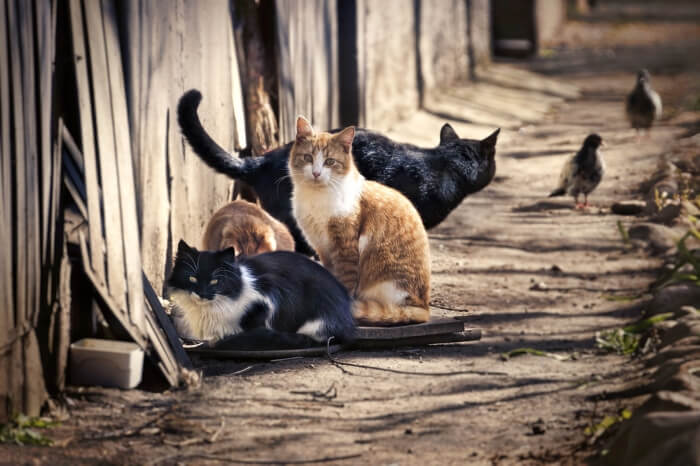
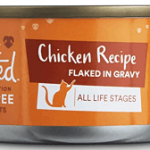
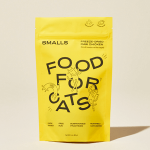
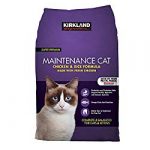
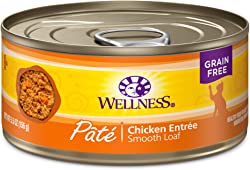
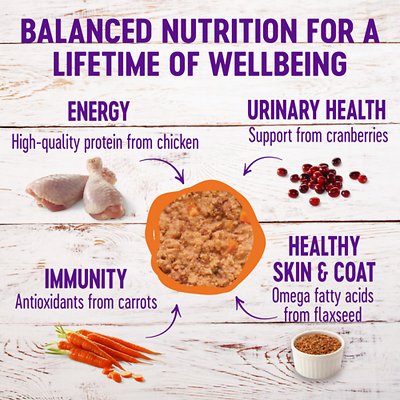
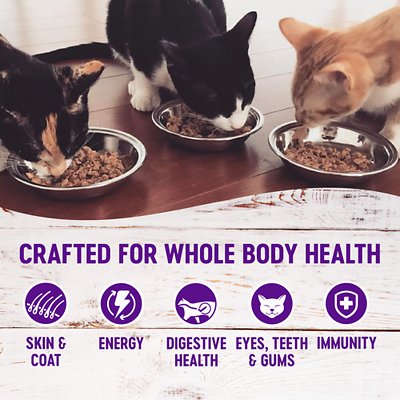
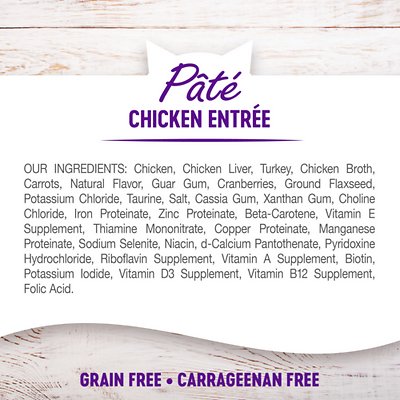
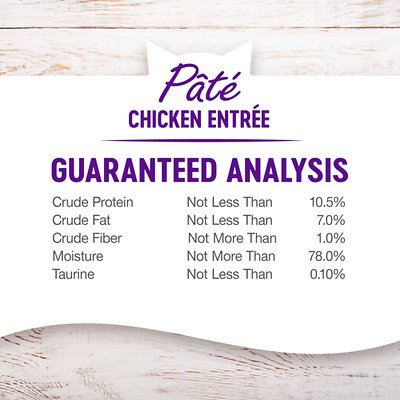
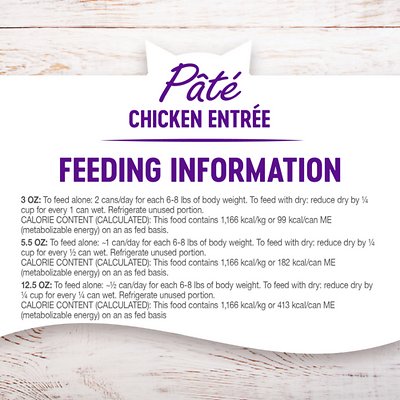
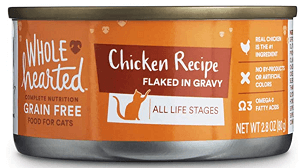

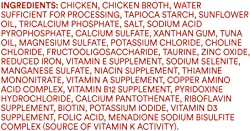


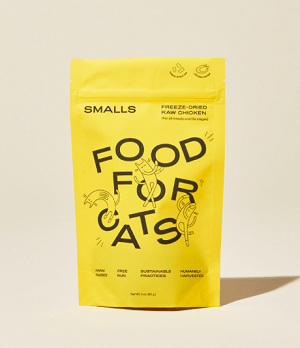
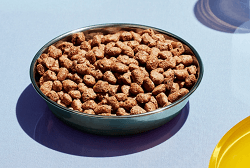
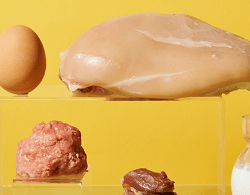
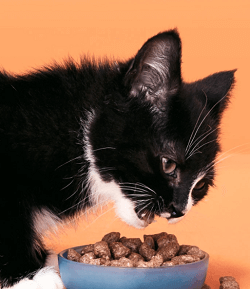
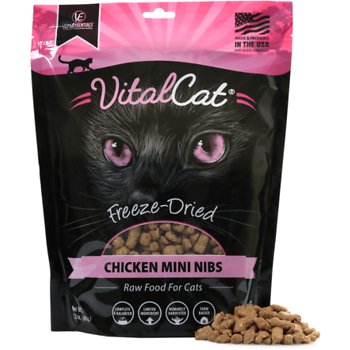
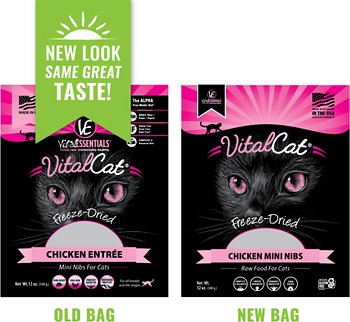
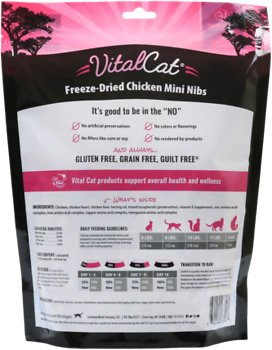
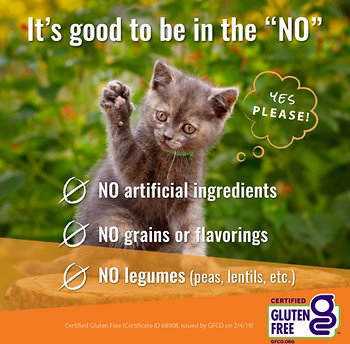
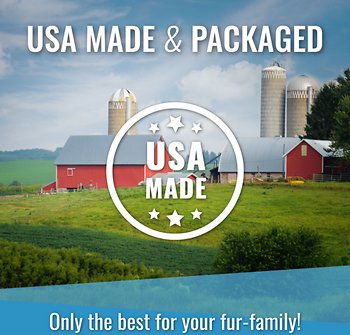
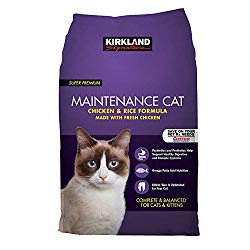
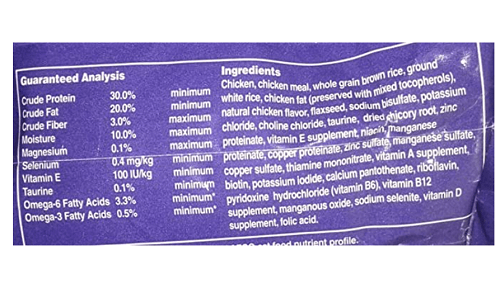
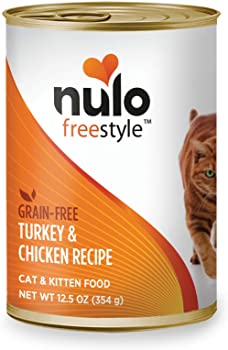
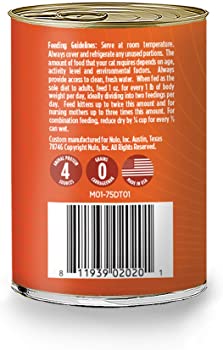
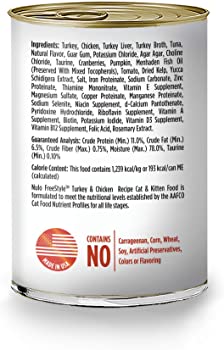
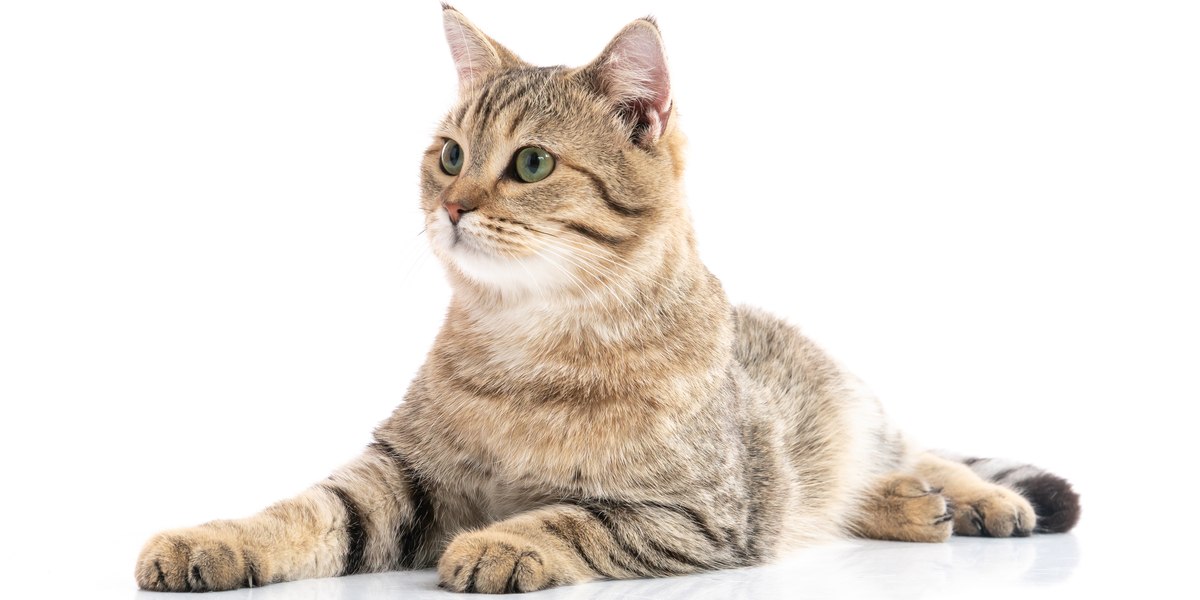
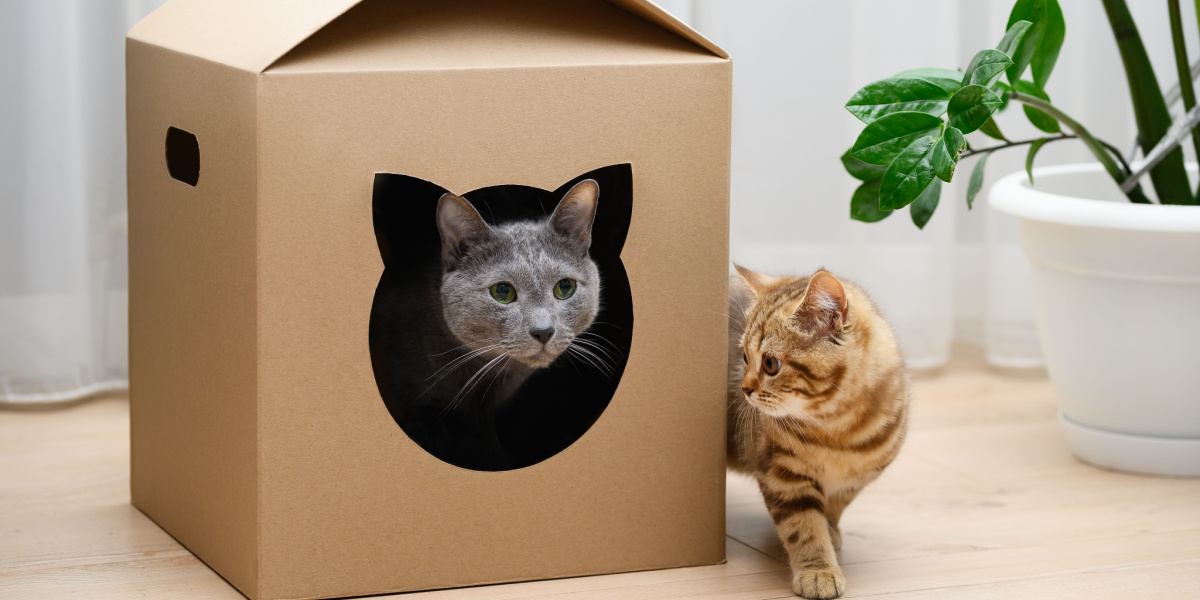
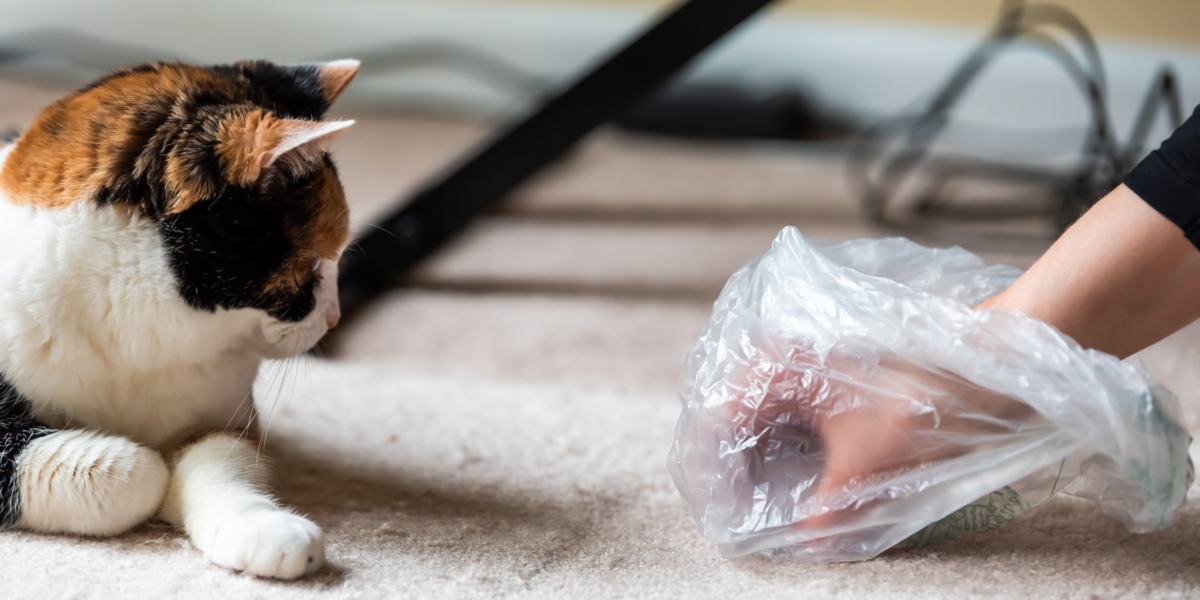
funkytown drew
A fantastic and comprehensive article! I picked this out of the search results due to its great title, and just read the entire thing on the front porch hanging out with my 2 furry neighbors; we meet here at sunset. Thank you for all the detailed information you included as well as the comparisons. It was well written and stayed focused & on-topic the whole throughout. I think it's pretty rare now to get the exact info you want from a single link so congrats. I am saving this website because I liked your writing so much that it's worth checking out later. Thanx
Olsen
Yes, thank you for the advice. I’m feeding six feral cats. Cat food is getting expensive so I may need to cook batches of chicken and mince
Mallory Crusta
Hello Olsen, glad to hear that the article was helpful for you. Thanks for stopping by!
Deb B.
My feral cats love canned chicken dog food by Pedigree. $1.55 lg. can. They also eat canned cat food, fresh scrambled eggs mixed with tuna.
Kate Barrington
Thanks for the tips, Deb!
Joyce Smith
I used to feed Purina Friskies, 13 oz can; which I purchased at Dollarama for $1.25/can. Now that they have discontinued. 8 cups kibble. I cannot afford the small cans. My annual cost is just over $3,200/year, which is difficult for a retiree on a pension. I would add that, all of these cats were dropped off. This year I started off with 10 but 3 more arrived over the winter.
Kate Barrington
Wow, Joyce! It's amazing that you're working so hard to care for these cats. Keep up the good work!